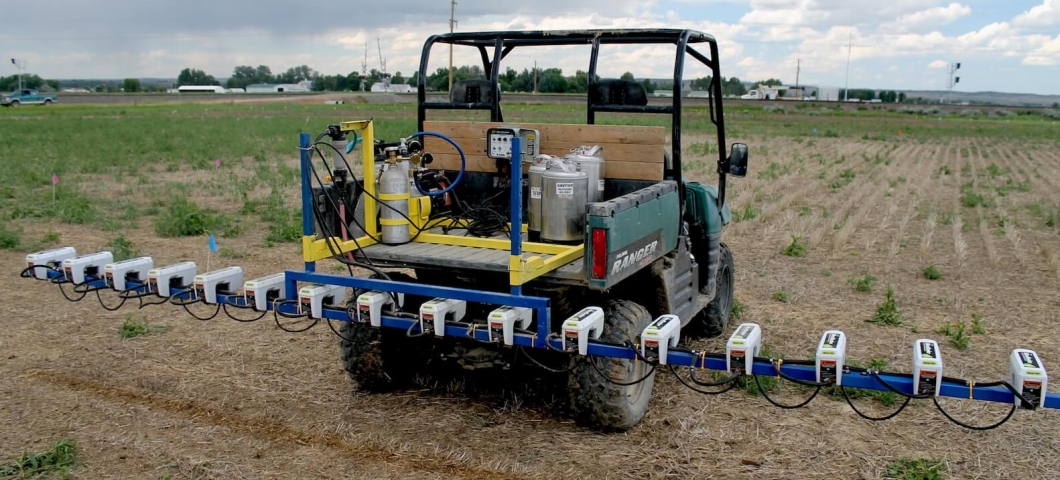Montana Research & Economic Development Initiative (MREDI)
Project Summary
In 2015, the Montana legislature funded the Montana Research and Economic Development Initiative with $4.7 million—the first large-scale research initiative of its kind. MREDI research must be focused on addressing a Montana problem, creating Montana jobs or helping spur new companies in Montana.
The MSU College of Agriculture and MAES received $2.8 million to put the state's fallow agricultural land into production and pinpoint precision agriculture using laser optics.
Project objectives include:
- Improve income from lands previously fallowed.
- Develop new, improved or quality-differentiated products or crops.
- Develop on-farm precision agriculture tools and technologies.
- Improve the economic and environmental sustainability of crop and livestock agriculture
Potential Economic Impact
Built on years of previous research, this project focuses on replacing 3.38 million acres of Montana land currently left fallow with pulse or cover crop mixes. Initial data indicates a projected increased gross income for rural Montana of $90 million if 25% of previously fallow land is cropped to cover crop mixes; $101 million if cropped to peas; and $253 million if cropped to lentils.
Precision agriculture technologies have proven to increase profitability by 25–30%. New optics-based technologies are becoming capable of identifying herbicide-resistant weeds and reducing herbicide use by >30%. Information derived from this project will help give farmers confidence as they change cropping practices. All data will be used for professional economic analysis by MSU agricultural economics faculty. Additional objectives are to:
- Optimize profit potentials for new and improved crops that fit localized needs statewide.
- Develop new markets and offer opportunities for value-added processing. Data on pea protein content will support business plans for a pea protein fractionation plant in Montana. Durum wheat production, marketing and processing will be supported by better durum varieties.
- Develop new products, including optical sensor-based nozzles for the precision spraying of weeds, and increase the adoption of precision ag technologies by helping farmers access and process data to provide optimal prescriptions for variety selection, fertility, weed management, and re-plant decisions via an automated on-farm precision experimentation system.

